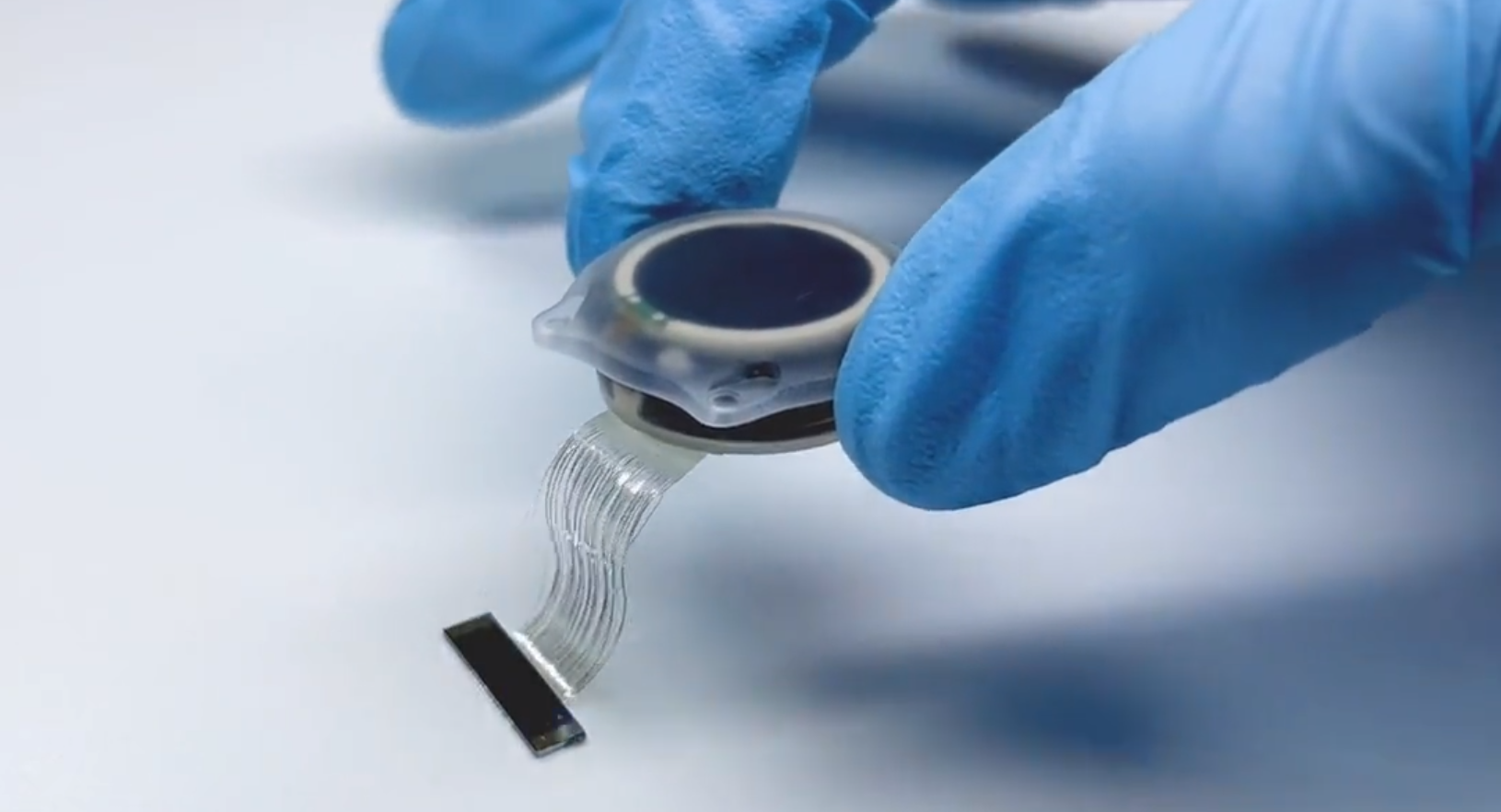Elon Musk, founder of Neuralink, has completed its first human brain implant study, potentially revolutionizing the field of neuroscience. The patient is said to be recovering well after the surgery.
With this important milestone, Neuralink’s efforts to establish a wireless connection between the human brain and external devices constitute a significant advancement in the field of brain-computer interfaces. The principal objective is to enable quadriplegics to operate a variety of gadgets with their thoughts. Early trial results indicate promising neuron spike detection, which is a step in the right direction for assessing the implanted device’s performance and safety.
The Prime study looks at the safety of the implant itself as well as the surgical robot that was used to precisely place it. The US Food and Drug Administration (FDA) permitted Neuralink to carry out this innovative human trial last year, demonstrating the company’s dedication to upholding strict legal requirements. To enable smooth signal transmission, ultra-fine threads are carefully placed into particular brain regions of study participants.
Neuralink has faced challenges, including fines for violating US Department of Transportation (DoT) regulations, but the technology’s potential to enhance the lives of the paralyzed is intriguing and inspiring. Beyond just conquering obstacles, the vision aspires to build a future in which people with severe motor disabilities can become independent again through direct brain-to-external device communication.
Who is this technology useful for?
Neuralink’s wireless brain chip enhances independence and communication for individuals with neurological disorders, motor disabilities, and paraplegics, while also promoting research and medical advancements in neurological disorders.
The following categories of people may profit from an implantable wireless brain chip:
1. Quadriplegics and Paraplegics: Individuals experiencing extreme paralysis, such as those who are paraplegic (paralyzed from the waist down) or quadriplegic (paralyzed in all four limbs), can reclaim their independence by using their minds to operate electronic devices. They can now connect with the world in previously unthinkable ways thanks to the brain-computer interface.
2. Individuals with Motor Disabilities: Beyond paralysis, this might help anybody with movement impairments from illnesses including neurodegenerative disorders, spinal cord injuries, or stroke. Their capacity to manipulate prosthetic limbs, talk, and use assistive technologies may all be improved by the technology.
3. Neurological Disorders: Patients with neurological conditions like Parkinson’s disease, multiple sclerosis, or amyotrophic lateral sclerosis may experience alleviation from the brain-chip implant’s enhanced capacity for control and communication.
4. Research and Medicine: By utilizing Neuralink’s technology, scientists and physicians may better comprehend neurological disorders, provide remedies, and learn more about how the brain functions. It creates new opportunities for researching brain disorders and possible treatments.
5. Future Innovations: As technology develops, it could find utility in fields other than medicine. Imagine improved cognitive functions, direct brain-to-brain connectivity, or even smooth communication between people and machines.
How does the implant work?
Neuralink implant placement involves placing ultra-fine threads into specific brain regions to minimize tissue damage. These threads form an electrode array that interfaces with neural tissue, detecting and stimulating individual neurons. The implant work involves recording neural activity, transmitting it wirelessly to an external device, decoding thoughts, controlling external devices, providing sensory feedback, and adapting over time. The implant works to create a reliable and durable brain-computer interface, ensuring long-term safety and longevity. The biocompatible materials and minimal trauma make Neuralink a promising solution for those in need of advanced technology.
Neuralink human trials results:
Neuralink, a technology company, has successfully conducted its first human brain implant trial, with promising results in neuron spike detection. The trial, which involved a rigorous approval process, evaluated the safety of Neuralink’s wireless brain-computer interface, enabling individuals with quadriplegia to control devices with their thoughts. The study assessed the functionality of the implant and the surgical robot used for placement.
The results showed that the implant was able to accurately detect neuron spikes, indicating its potential for effectively translating thoughts into device control. Additionally, the surgical robot demonstrated precise and successful placement of the implant, minimizing any potential trauma to the patients.

